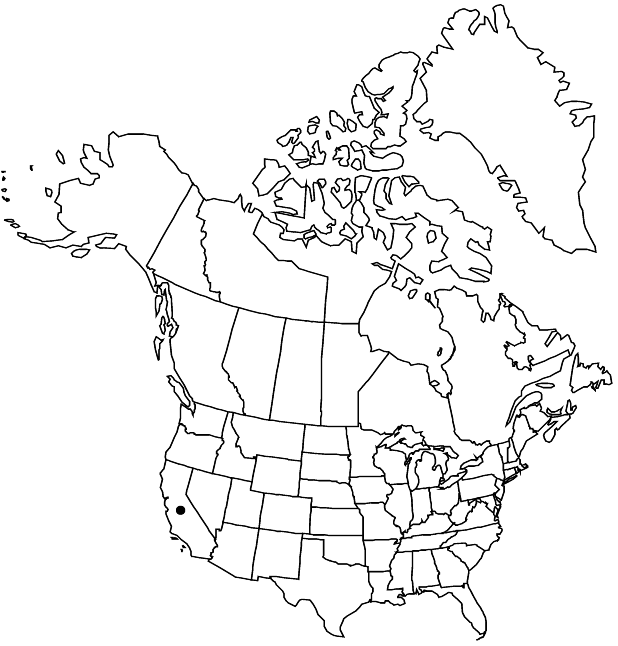Difference between revisions of "Dudleya greenei"
in N. L. Britton and J. N. Rose, New N. Amer. Crassul., 17. 1903 ,.
FNA>Volume Importer |
FNA>Volume Importer |
||
| Line 33: | Line 33: | ||
-->{{#Taxon: | -->{{#Taxon: | ||
name=Dudleya greenei | name=Dudleya greenei | ||
| − | |||
|authority=Rose in N. L. Britton and J. N. Rose | |authority=Rose in N. L. Britton and J. N. Rose | ||
|rank=species | |rank=species | ||
| Line 48: | Line 47: | ||
|publication year= | |publication year= | ||
|special status= | |special status= | ||
| − | |source xml=https://jpend@bitbucket.org/aafc-mbb/fna-data-curation.git/src/ | + | |source xml=https://jpend@bitbucket.org/aafc-mbb/fna-data-curation.git/src/f50eec43f223ca0e34566be0b046453a0960e173/coarse_grained_fna_xml/V8/V8_381.xml |
|genus=Dudleya | |genus=Dudleya | ||
|subgenus=Dudleya subg. Dudleya | |subgenus=Dudleya subg. Dudleya | ||
Revision as of 22:28, 16 December 2019
Caudices branched apically, (cespitose), 10–50 × 2–5 cm, axillary branches absent. Leaves: rosettes 200–300, in clumps, 15–40(–65)-leaved, 5–15 cm diam.; blade green, oblong-oblanceolate to -obovate, 3–11 × 1–3.5 cm, 4–8 mm thick, base 1–3 cm wide, apex acute to acuminate, subapiculate, surfaces sometimes farinose, not glaucous. Inflorescences: cyme 3–6-branched, flat-topped or rounded; branches not twisted (flowers on topside), simple or 1–2 times bifurcate, (4–10 cm diam.); cincinni 3–5, 2–15-flowered, circinate, 1–9 cm; floral shoots 15–40 × 0.3–1.3 cm; leaves 15–25, spreading to ascending, triangular to ovate, 10–30 × 5–12 mm, apex acute, (erect). Pedicels erect, not bent in fruit, 1–5 mm. Flowers: calyx 4–7 × 4–9 mm; petals connate 1.5–2.5 mm, pale yellow or whitish especially on margins, 8–12 × 3–5 mm, apex acute, tips sometimes outcurved; pistils connivent, erect. Unripe follicles erect. 2n = 68, 102.
Phenology: Flowering early summer.
Habitat: Sea cliffs
Elevation: 0-300 m
Discussion
Dudleya greenei, which occurs only on Santa Cruz, Santa Catalina, San Miguel, and Santa Rosa islands, is an insular segregate of the D. cespitosa complex and is not clearly separable. It is extremely variable, in part from island to island. Extreme variants of D. greenei differ from any plants seen of D. cespitosa, for example in having more numerous rosette leaves or outcurved petals. Also, certain variants kept in D. cespitosa have characteristics apparently not matched in D. greenei, such as red corollas and comparatively thin leaves that are channeled adaxially.
Based on 12 collections studied by C. H. Uhl, Dudleya greenei is tetraploid and hexaploid. The three collections from San Miguel Island were hexaploid, the three from Santa Cruz Island and one from Catalina Island were tetraploid, and of the five from Santa Rosa Island, two were tetraploid and three hexaploid. Casual inspection suggests that D. greenei might be derived from something like D. candelabrum, now found on Santa Cruz and Santa Rosa islands, and D. farinosa, now found on the coast of California from Monterey County north.
Selected References
None.
